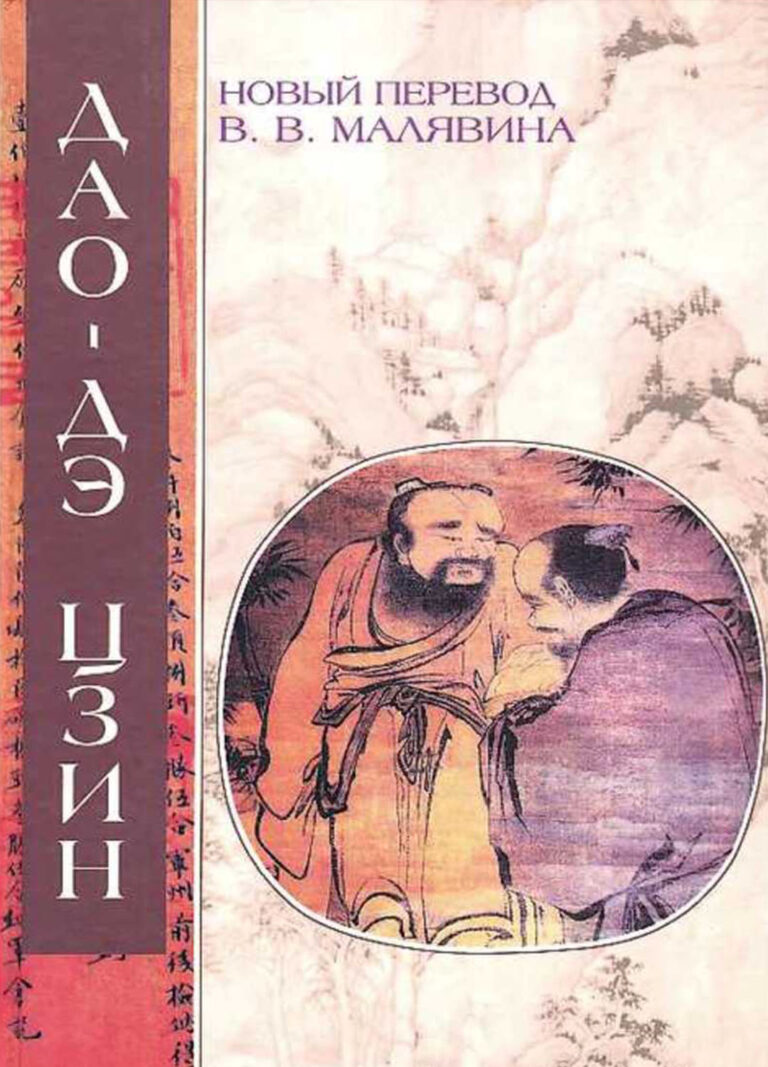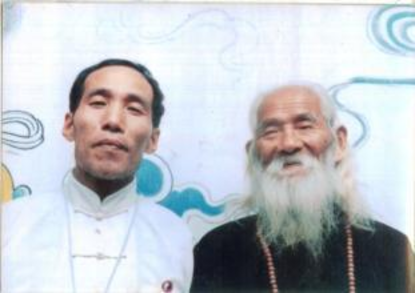HARMONY AND BEYOND
bound to preserve – or rather reveal – the creativity of human speech possessing the potential of boundless transformation and interplay of meanings assigned to words. Consequently, this approach calls for changing the way to perceive the world; it requires heightening and enriching our sensitivity. Indeed, transformation as a kind of “immanent transcendence”, a “profane illumination”, to use Walter Benjamin’s memorable phrase, is the highest goal, a telos of this endeavor.
Chinese philosophy, as is well known, is a philosophy of Change. Change as an ultimate reality is a profoundly ambiguous concept. In order to be what it is, it must change itself and become… a non-change, a constancy. In the light of change everything is precisely to the extent it is not. Infinity beyond (or within) infinity is a famous Oriental non-duality: a hidden depth of being, a non-differentiating difference, the condition of every possibility.
In the tradition of “Zhong yong”, this meta- or rather proto-harmony or, according to classical definition, harmony’s “great root” (da ben), was called zhong, usually rendered into English as “centrality”. I prefer to name it “centeredness” to emphasize its dynamic nature. Centeredness is the fundamental Chinese virtue as well as the core of human nature, a matrix of somatic existence related to the inborn capacity of proprioceptive integrity; spontaneous and essentially dynamic bodily and psychic equilibrium, an inner pre-condition of harmony. It is not, strictly speaking, a formally calculated “Middle Way” but rather an elusive point of dissolving attraction, a disjoining synthesis, a promise of unity in disparate multiplicity, both dynamic and integral. It corresponds to the apogee of human self-cultivation, the highest point of perceptivity, yet it coincides with full naturalness.
In the tradition of “Zhong yong” centeredness unfolds into psychic and mental harmony. The latter is defined as the plenitude of psychic life “moderated through centeredness” (zhong jie, 中節).This manifestation of inner equilibrium can be observed and regulated. As for centeredness, it requires very different treatment: one has to “let it go” and just keep it intact, “safeguard” it. The unfolding of centeredness into harmony became the basis of human self-cultivation in Confucian tradition, especially in late medieval Neo-Confucianism. Since Chinese thinkers, both Confucian and Taoist, considered centeredness the very core of human nature, they assumed that human mind possesses natural capacity to suppress egoistic moves in psyche and assert the primacy of harmony in human relations.
The connection between centrality or centeredness and harmony is not logical but rather plainly existential or meta-logical. In the space of centeredness – harmony things are held together by virtue of being completely self-so, existing by itself (zi ran , 自然). In the light of this disjoining and essentially incommensurable unity, as “Zhuang-zi”’s classical commentator Guo Xiang (end of the 3rd century) put it, “the more things are different in form, the more they are similar in being so by itself”. Harmony is created by the tension between polarities. And the self-transcendent edge of harmony is derived from the clash between incompatible elements. Such is the relation between Dao and the world of things according to the medieval Taoist treatise “Guan Yin-zi”:
“One spark of fire can destroy all trees in the forest, but when trees burn out, where will the fire abide? One fleeting moment of the Way can bring into nothingness all things. But when things disappear, where will the Way abide?”[1]. Contrary to the Heraclitian symbolism of fire, Chinese philosophy stresses the presence of a common ground of forms and Formless. This ground is Change, the abyss of becoming. Change knows no essences or identities. In it everything is or rather becomes One by its own limit, through one’s transformation. Change itself is essentially a pause, an “in-between” moment (jian, 间), a fleeting but encompassing “moment of stillness” (xi,息). It is precisely in this moment of common (and mutual) transformation that all things are alike. In the final account it is a movement of Chaos which never ceases to dissipate, to lose and find itself in its eternal
[1] Kuan Yin-zi, in: Baizi quanshu . Taipei: Gujin wenshu, 1969. P.10182.






